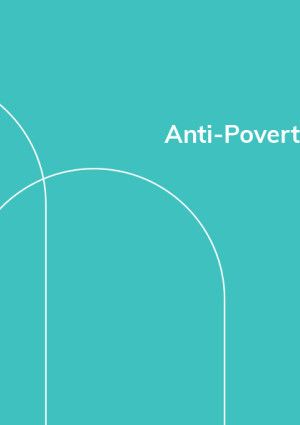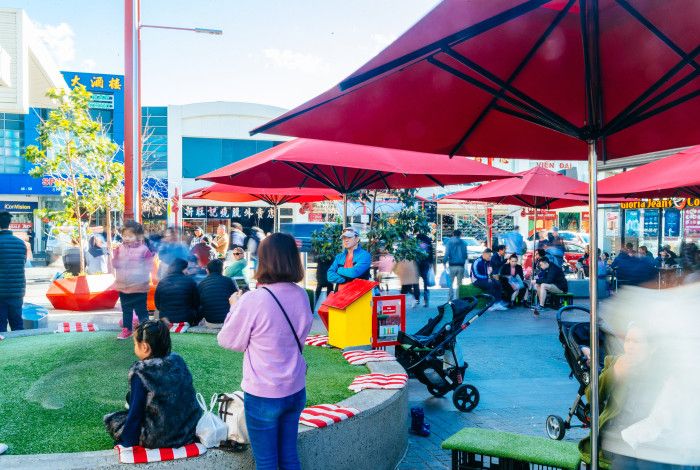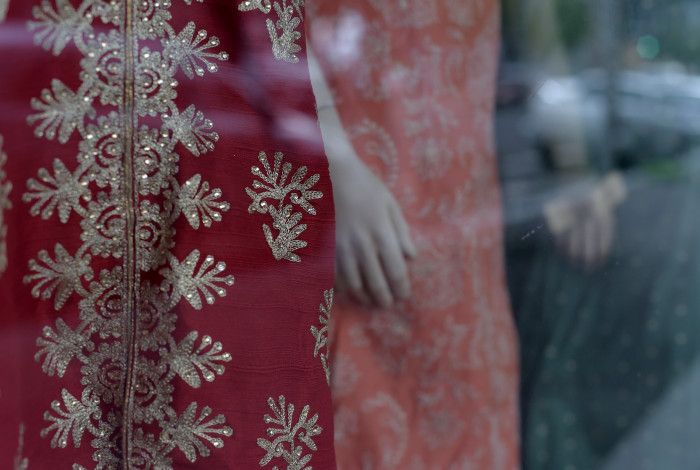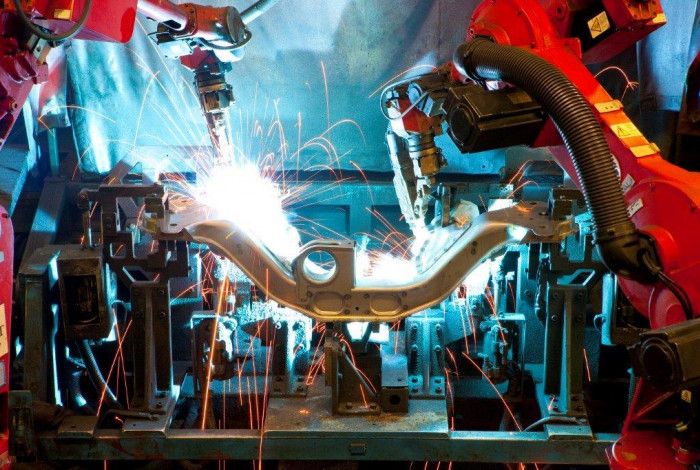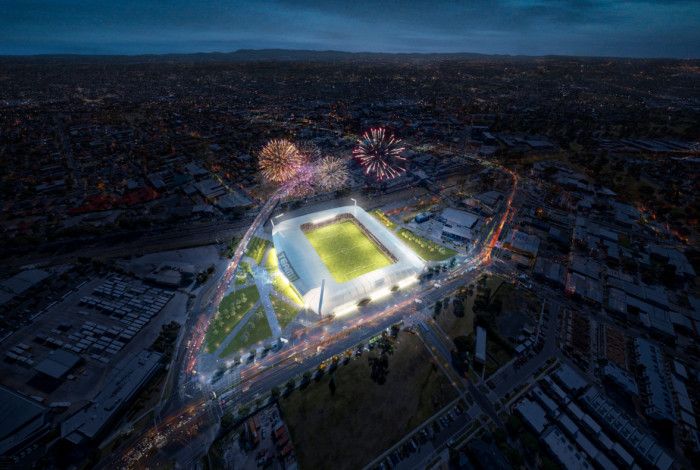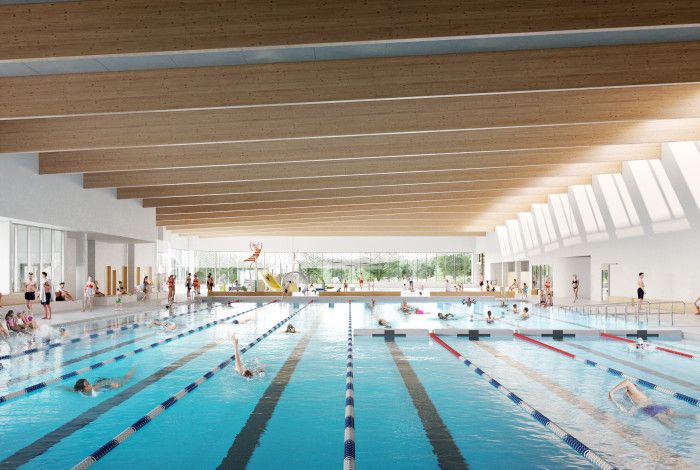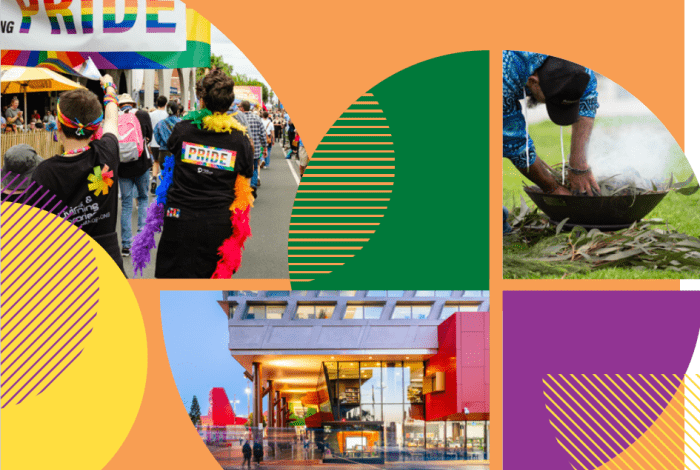The City of Greater Dandenong has a strong history of achieving many significant outcomes through a range of approaches to advocacy.
The Greater Dandenong Strategic Advocacy Framework is Council's overarching document to guide us.
Advocacy priorities will be added in the coming months.
Links
Read about our Advocacy Priorities for the 2025 Federal Election.
Read about the issues Council is currently campaigning on.
Read about Council's successful advocacy campaigns to the state and federal governments.
Greater South East Melbourne is a group of councils focused on creating jobs and driving growth for the region.

